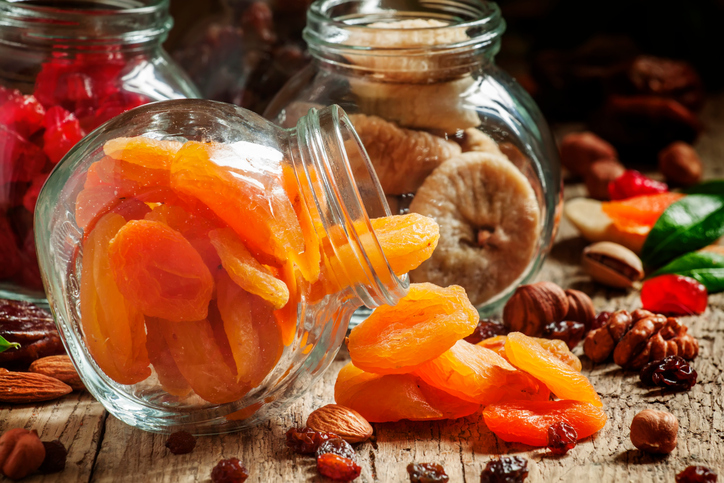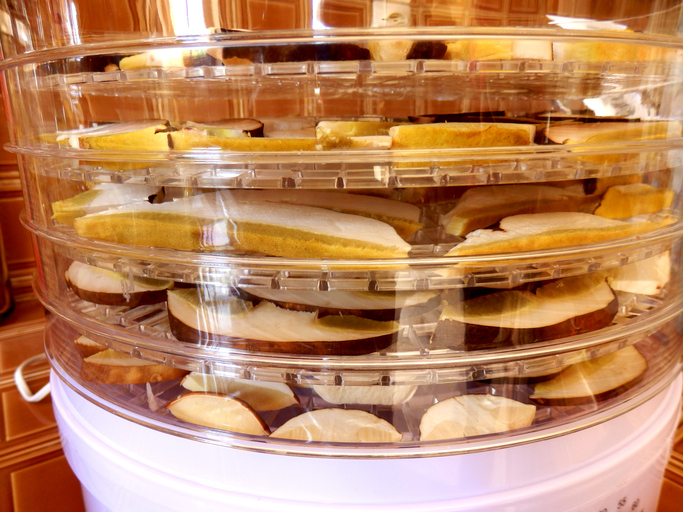
There are plenty of unique ways to process food. Irradiation, blanching, fermentation, freezing, and drying are all methods for processing food items that are currently used in today’s food industry. Each method comes with its own unique benefits—whether it may be reducing the risk of food-borne illness, increasing storage longevity, or simply making the food item taste better.
Drying is one of the oldest ways of preserving food. In fact, humans have been using this method for thousands of years. But while the method might not have changed very much over the centuries, its application has been streamlined by food technology professionals in order to adapt it for the mass market.
Curious to learn a bit more about food drying? Read on to discover three things you need to know.
1. Students in Food Technology Training Should Know That Drying Speed Is Important
Drying food can be a delicate process. When done correctly, you’re left with an excellent finished product. However, if the speed used to dry food is too quick or too slow, then the entire operation could be thrown off course.

When drying food, make sure to maintain a good drying speed
First and foremost, it’s important to start drying food as quickly as possible after it has been picked or harvested. When drying foods, it’s also important that they are dried at a balanced and even pace. You want to dry the food quickly, but not so quickly that the outside of the food burns before all of the inside’s moisture has evaporated. Professionals with food technology training know that drying food in a dry environment with a regulated temperature can help ensure that the process occurs evenly.
2. The Temperature a Food Is Dried at Is Important
Food safety professionals know drying food perfectly takes a combination of the right speed and the right temperature. When you are just beginning the drying process, the oven or food drier’s temperature can be fairly high. That’s because during the evaporation process, food loses heat, therefore the temperature can be hotter without it raising the temperature of the food.
Once most of the food’s moisture has evaporated, the temperature needs to be turned down, because the food will warm up to the temperature surrounding it. At this point the temperature should be adjusted to be warm enough to continue drying the food, but not so hot that it starts cooking it.
3. Food Safety Students Should Know Food May Lose Nutrients When Drying
Dehydrating and drying foods is an excellent way to preserve them. However, it’s important to note that drying fruits and vegetables can cause them to lose their nutrients. The most common nutrients to dissipate during the drying process are vitamin C, vitamin A, and vitamin B. Vitamin C as well as vitamin A decrease in nutritional value as soon as they come in contact with heat. In fact, it is estimated that commercially-dried foods will lose 30 to 80 per cent of their vitamin C content and 10 to 50 per cent of their vitamin A content. Drying food in the sun typically causes the most nutrient loss, because many vitamins diminish more quickly when exposed to the sun’s rays.
Because of the nutrients lost during traditional drying, health and nutrition experts suggest using a different method of drying food if nutrient preservation is the top priority. Freeze-drying foods instead of a dehydrating them can help keep nutrients intact.
Are you interested in a career in food quality assurance and quality control?
Fill out the form for details about our food technology program!



